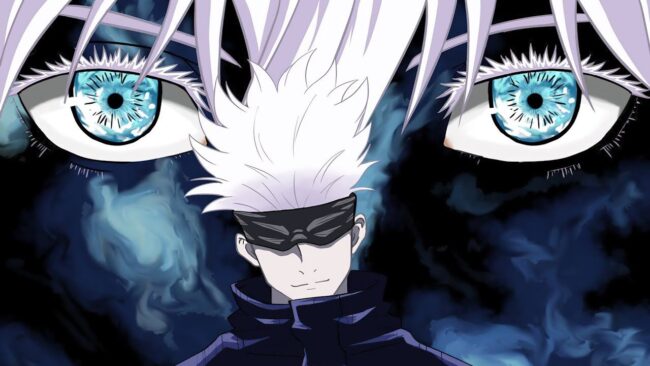0 SearchResultsFor : Ouranopithecus
0 địa điểm search_results_for: Ouranopithecus
Wiki --> Ouranopithecus
Premium Component
Có thể bạn thích
Có thể bạn thích
 GIẢM
41%
GIẢM
41%
283.000 ₫
480.000 ₫
 GIẢM
31%
GIẢM
31%
58.000 ₫
84.000 ₫






